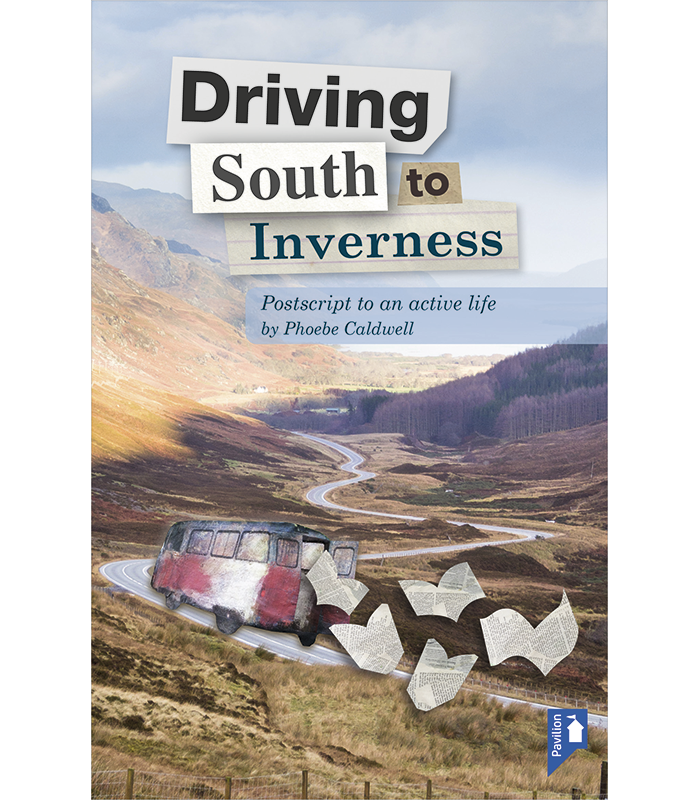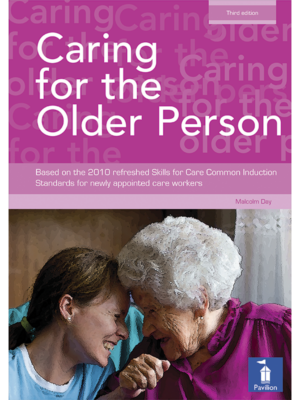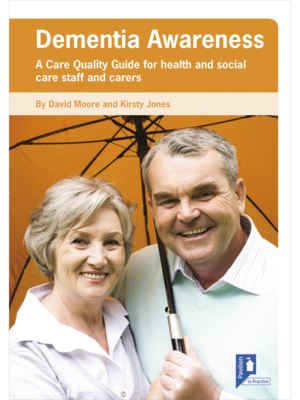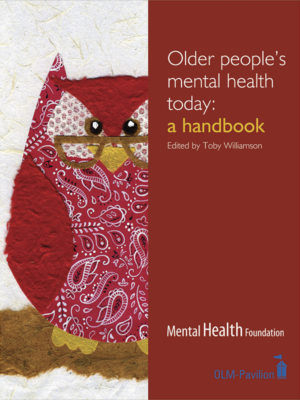Description
From wayward plumbing to questions of theology, from art and poetry to arguments with housing associations, and from the classic limestone landscape of the Yorkshire Dales to the stark beauty of the Scottish Highlands, the sweep of Driving South to Inverness ranges poignantly and humorously from the sublime to the ridiculous.
Now in her eighties, and after a lifetime of hard work helping people with profound communication difficulties as a result of autism or other learning disabilities, Dr Phoebe Caldwell made the difficult decision to accept the inevitabilities of old age and leave the home she loved to move into sheltered accommodation. This decision and its consequences form the heart of this passionately written memoir.
How does one take a lifetime’s memories and possessions and make them fit new circumstances, but also hold on to an identity built up over decades?
In Driving South to Inverness Phoebe reflects on her past, her family history, and her childhood during the Blitz. She revisits falling in love with her husband and the realities of raising a large family. She offers evocative descriptions of the Dales that she has now made her home and she shares her insights into life, faith, art and philosophy, the opportunities and failings of modernity, and her frustrations with her altered situation as she accepts the changes she faces.
Audience
This book can please and delight any audience but will be of particular interest to anyone who is about to undertake a similar journey to the author, or indeed if they have family members in similar situations.
Equally, Yorkshire features a great deal in Driving South to Inverness so it can be of interest to people from the county or for those who have a particular tie to Yorkshire, as Phoebe does.
Author
For over thirty years, Phoebe Caldwell DSc has pioneered the development of communication support for individuals on the autistic spectrum, opening up channels of communication and emotional engagement for thousands of individuals across the UK whose previous experience had been social and emotional isolation. Phoebe’s work was recently recognised nationally when she won The Times/Sternberg Award, which celebrates the achievements of people aged 70 or over who have done most for society in their older age. Internationally, Phoebe collaborates with a range of professionals from countries including Denmark, the Netherlands, Russia, Australia and Canada.
Phoebe’s way of working is distinctive in that it is rooted in respect for the identity of the individual as they are. The Caldwell Foundation uses the term Responsive Communication to describe Phoebe’s approach to communication support.
At the heart of Phoebe’s work is her one-to-one work with individuals on the autistic spectrum who find communication difficult. When Phoebe provides this one-to-one support, family and care-givers are there observing so that they can learn the approach and use it themselves with the individual. In this way, Responsive Communication is used as a continuous communication tool so that the individual always has a meaningful point of reference.
Phoebe is employed by the NHS and local authorities to work with difficult-to-provide-for individuals. As part of this, she trains professionals, therapists, managers, practitioners, parents and carer-givers.
Phoebe is the author of several books and research papers and has produced a number of training films.
Details
ISBN: 9781911028314
Publisher: Pavilion Publishing and Media
Publication: 07 July 2016





Ann Pilling, Author –
Not long ago Phoebe Caldwell, for 45 years a highly distinguished practitioner who worked, nationwide and abroad, with people on the Autistic Spectrum, decided reluctantly that she could no longer live independently. Now into her eighties she put her Yorkshire home up for sale and downsized to a small flat in a ‘retirement complex’ in nearby Settle. She can still be alone but help is at hand, should she fall, should the plumbing fail, or should the underfloor heating begin to roast the undersides of her feet. Such catastrophes, and the snail’s paced attempts of the ‘management’ to sort them out , are told with a wry mixture of frustration, humour, and sheer disbelief.
Phoebe dislikes the word ‘downsizing’, a euphemism for shrinkage and prefers ‘editing’ where the emphasis is on selection, rather than contraction. Her problem was to condense a library, a museum and an art gallery into two small rooms. When I first visited Phoebe she showed me round. I was moved by their beauty and enchanted by their diversity and their occasional eccentricity. Everything chosen was of significance to her. I recalled William Morris’s ‘Have nothing in your house that you do not know to be useful or believe to be beautiful.’
This book is the product of a richly furnished mind. It ranges widely, from the author’s knowledge of botany, zoology, chemistry to the workings of the brain. She writes with insight and passion about paintings and ceramics, about music, about poetry. Her descriptions of nature are those of a poet, her observations of the majestic limestone landscape which she inhabits are both precise and powerful. She writes of ‘drumlins, like green bubble wrap’, of how ‘Pen-y-Ghent, Ingleborough and Whernside rise from their limestone plateau like yolks sitting on the white of poached eggs.’
Phoebe married early and had five children with her biophysicist husband Peter. She describes his ‘most astonishing eyes, sea green with a pale circle round the edge, like that slither of light trapped under the crest of a breaking wave’. He died young. Half mad with grief she took scissors, sat on their Emperor size mattress and tried to cut it in half. Unsurprisingly her small curved nail scissors were inadequate. Phoebe sold the rambling ruin they had lived in, and moved to a small cottage and went back to work. She has been working ever since.
What do the old do all day, she asks, apart from continually looking for their glasses? Line-dancing, quizzes, craft-work, all feel to her ‘like colouring books for children, to keep them quiet on a car journey’. But she is realistic. ‘The struggle to keep the mind going is balanced precariously against inertia and the temptation to retire to bed and read thrillers.’ What she longs for is ‘humour, conversation, empathy, and psychological awareness’.
Phoebe has a religious faith. Life keeps posing unanswered questions. To someone whose working life has been given addressing the physical disorientation and emotional isolation experienced by people on the autistic spectrum, there must be so many. She writes of meditation, of the experience of being in ‘Presence’. There may be other kinds of mindfulness, she says, ‘but I don’t care, since it works for me and empowers my life and helps me to help others.’
This is a brave, funny and inspired book. Read it.
Guest review by Ann Pilling on Writers Review
Anne Laney, Practice Manager, Us in a Bus –
Driving South to Inverness immediately sets up a twanging of interest. South to Inverness? Surely that can’t be right? And the book continues to pose questions throughout. It’s an incredibly good read. I’m lending it to my mum next who is facing some of the challenges of aging body but not mind. I think she will find many parallels. Very many thanks for your willingness to share your life with the world Phoebe.